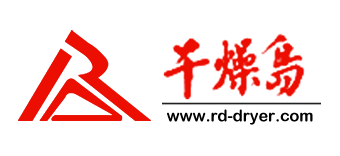Why develop a drying system with brine?
With the metallurgical, chemical, food, and pharmaceutical industries, the output of concentrated brine from industrial enterprises in multiple industries has doubled. The effects of concentrated brine produced by many industries such as industrial sewage discharge, seawater desalination and garbage percolation on human living environment have become more and more prominent, and even restrict the development of the economy. The development of the country and society has gradually produced conflicts that are difficult to reconcile. The high processing cost and high energy-consuming treatment process make the road of concentrated brine treatment process and large-scale roads have great obstacles. There has not been a big breakthrough in the development of related technologies. In the treatment of concentrated brine, the reduction treatment thereof has attracted much attention. Because of its high processing cost and high energy consumption, how to reduce the concentration of brine is a very meaningful part of the industry’s current situation. The company specializes in the harmless, reduced and resource-based comprehensive utilization technology of industrial waste. In response to the above problems, the company is currently developing high-concentration brine-containing drying and curing systems.
Project achievement:
1. Successfully developed a dry curing system dedicated to high-concentration brines;
2. The material liquid in the equipment storage tank is distributed into the drying system by the pump material liquid distribution distributor along the axial direction of the passenger body; the liquid feeding device is designed, and the static spraying technology and method are adopted, and the PLC solenoid valve control module can be realized. Automatic feeding;
3. The storage tank is equipped with stirring, heat preservation and steam heating, which can avoid the deposition of crystal pipeline and has good heat tracing effect;
4. The whole system is controlled as much as possible. The dried material falls into the conveyor from the overflow discharge port of the drying device; the conveyor and the bucket lifter send the dried material to the collection bin;
5. The control system adopts PLC module control, the touch screen displays data and operation; the main motor adopts frequency conversion adjustment, the feeding adopts automatic control, and achieves the purpose of controlling output and expected dryness by controlling the operating speed, feeding speed time, steam pressure temperature, etc. ;
6. The equipment is completely sealed and emits no odor, and the exhaust gas dust discharge reaches the standard, which can be directly discharged without secondary pollution;
7. The whole system has a small footprint and less capital investment;
8. The steam is used as the heat source during the operation, and the thermal efficiency is high. Most of the system adopts the automatic control mode, which can be connected for a long running time.
